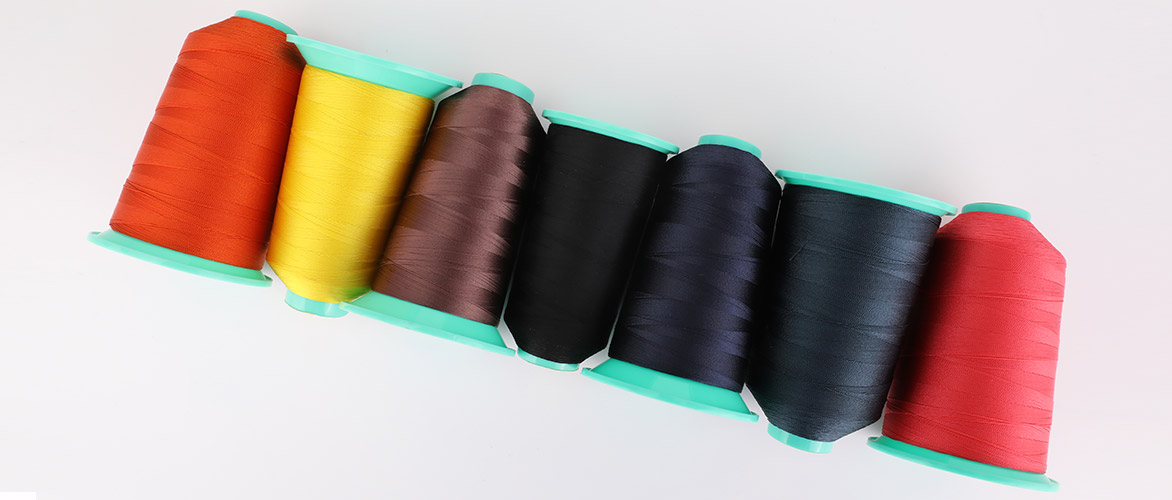Advantages and disadvantages of nylon carpet fibers
Nylon is the most popular fiber type in the residential carpet industry today. It has a solid reputation for durability and relative ease of maintenance, making it highly sought after. Let's take a deeper look at nylon carpet fibers.
origin
Nylon was invented in 1935 by Wallace Hume Carothers, director of research at DuPont. Its first commercial use was in women's stockings in 1939, but it is also used in fishing line and toothbrush bristles.
DuPont began producing nylon for carpets in the form of staple fibers in the mid-1950s after six years of successful trials at the DuPont Hotel. A few years later, in 1959, DuPont introduced BCF (Bulk Continuous Filament) nylon.
Nylon revolutionized the carpet industry, making it the first true synthetic fiber and quickly becoming the new benchmark in carpet.
Features
Nylon has many properties that make it an ideal choice for carpet fibers. Crucial is its durability. Nylon is a very strong fiber, so abrasion resistance is very good. It is also highly resilient and has great texture retention to keep its original look.
elasticity
Nylon's resilience is largely due to the hydrogen molecules that form part of its structure. The molecule can be recovered by hot water extraction cleaning method (steam cleaning). The heat from the steam cleaner actually reactivates the hydrogen molecules, so cleaning the carpet helps the fibers bounce back when they start to flatten due to foot traffic. Therefore, it is extremely important that nylon carpets are steam cleaned at least every 12 to 18 months (more often in very high-traffic areas) to ensure longevity.
Antifouling
Nylon is a very absorbent fiber, so it must be stain-treated to prevent spills from sinking deep into the fibers and leaving stains. Advances in stain treatment technology mean today's nylons are more stain resistant than ever.
The most stain-resistant type of nylon is solution-dyed nylon, which locks in color by adding color during fiber production (rather than dyeing "gray" fibers after production). When the color is actually part of the fiber, it's permanent and resistant to fading, and the spill is unable to attach itself to the fiber's cells to create a stain.
Nylon 6 vs. Nylon 6,6
There are two types of nylon used in carpets: Type 6 and Type 6,6 (named for the double chain of carbon atoms it contains). Both are nylons, but their molecular structures are different from each other. The industry has always debated whether one type is better than the other. Many hail types 6,6 are the best choice because of its higher color fastness and antistatic properties. However, the Type 6 has been improved to address these issues, and in today's market the differences between the two types are very minimal.
Years of testing have determined that there is no overall difference in durability or resilience between nylon 6 and nylon 6,6. Although nylon 6,6 does have a higher melting point than nylon 6, this has little effect on the performance of the carpet on the floor.
Another point to consider regarding the difference between the two nylons is that nylon 6 is easier to recycle back into carpet (called cradle to cradle recycling) than nylon 6,6.
manufacturing
Carpet manufacturers either produce nylon in-house or source the fibers externally and turn it into carpet. There are a number of companies that make nylon that sell to carpet manufacturers, such as Invista (producer of DuPont's former StainMaster fiber).
Generally, nylon produced in-house will be cheaper than nylon purchased elsewhere. This is due to the elimination of additional links in the supply chain, and generally does not indicate a lower quality of the internal nylon.
cost
Nylon is available at all price points. It is a general-purpose fiber that can be used in low-grade (entry-level) products to add additional durability over other inexpensive fiber types (such as polyester and olefin), but is also suitable for high-end products with longer warranties.
Overall, nylon's durability and elasticity make it a good choice for fibers in carpets, but as always, be sure to consider all factors (twist, surface weight, etc.) when purchasing.


 English
English Chinese
Chinese Japan
Japan


